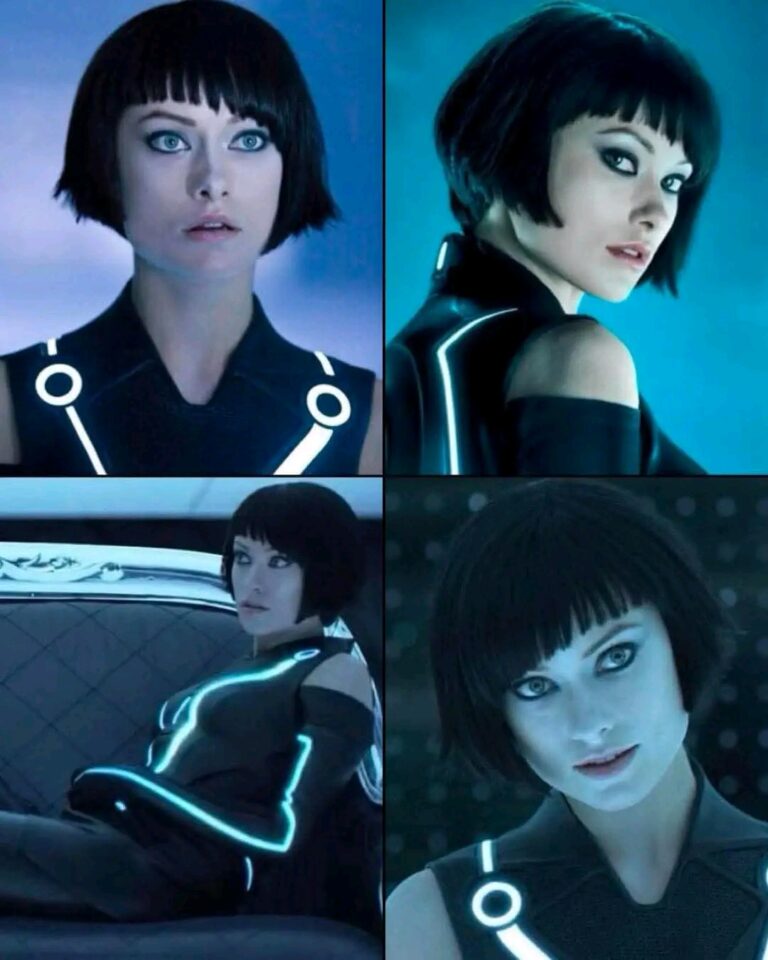Best Bank Robbery Movie of All Time: Why Michael Mann’s Heat Still Reigns Supreme…
In the long and storied history of crime cinema, few films have etched themselves into the public consciousness as powerfully as Michael Mann’s 1995 masterpiece, Heat. Nearly three decades after its release, the movie continues to be hailed as the greatest bank robbery film of all time, celebrated not only for its action but for its depth, realism, and the legendary face-off between Robert De Niro and Al Pacino.
From the moment it hit theaters, Heat set a new standard for the genre. While Hollywood has long been fascinated with heists—from the slick stylings of The Italian Job to the clever plotting of Ocean’s Eleven—no film has managed to capture the intensity, chaos, and psychological weight of a robbery quite like Heat. For many fans and critics alike, it is not simply a crime movie; it is a cinematic landmark.
At its core, Heat tells the story of Neil McCauley (Robert De Niro), a disciplined career criminal who lives by a strict personal code: never get attached to anything you can’t walk away from in thirty seconds if the heat is around the corner. His foil is LAPD detective Vincent Hanna (Al Pacino), a relentless cop whose obsession with taking down criminals consumes his personal life. The clash between these two men—professional, intelligent, and utterly committed to their respective roles—is what drives the narrative.
What elevates Heat above the countless heist thrillers is Mann’s attention to detail. The film’s iconic downtown Los Angeles bank robbery scene is still studied today by both filmmakers and law enforcement. The sequence, which unfolds with deafening gunfire echoing through city streets, was filmed with live ammunition on a training range to capture the authentic rhythm of real combat. Actors rehearsed extensively with military professionals to ensure every reload, every tactical move, felt genuine. The result is a cinematic moment so visceral that it continues to be cited as one of the most realistic depictions of urban warfare ever committed to film.
Yet, Heat is more than its action. It’s a meditation on duality, professionalism, and the thin line between order and chaos. Mann crafted characters who are not mere archetypes but deeply human figures. McCauley may be a criminal, but he is also a man of principle, haunted by loneliness and yearning for connection. Hanna, meanwhile, may wear a badge, but his personal life is fractured, leaving him equally isolated. In one of cinema’s most unforgettable moments, the two adversaries sit down for a quiet cup of coffee—a simple conversation that crackles with tension, respect, and inevitability.
The casting of De Niro and Pacino in these roles only amplified the film’s impact. Though the two actors had both starred in The Godfather Part II, they never shared a scene together. Heat marked the first true on-screen meeting of these titans, and the anticipation was electric. Their performances did not disappoint. De Niro’s restrained intensity perfectly countered Pacino’s explosive energy, creating a balance that mirrored their characters’ cat-and-mouse relationship.
Cinematically, Mann’s vision turned Los Angeles into a character in its own right. With sweeping shots of the city at night, gleaming in blues and silvers, the film exudes a mood of melancholy and inevitability. The visual style, combined with Elliot Goldenthal’s haunting score, created an atmosphere that was as emotionally gripping as the plot itself.
The legacy of Heat is undeniable. Filmmakers from Christopher Nolan to Ben Affleck have openly cited it as an influence. Nolan’s The Dark Knight borrowed heavily from Mann’s techniques, particularly in its bank heist opening. Affleck’s The Town, another acclaimed entry in the heist genre, owes much of its authenticity and gritty realism to the path paved by Heat. Even today, police and military training academies reference the film’s shootout sequences as models of tactical engagement.
But perhaps what makes Heat the best bank robbery movie of all time is its ability to transcend its genre. It isn’t just about criminals and cops, or the thrill of a meticulously planned heist. It’s about the lives behind the guns—the sacrifices, the loneliness, and the inevitable cost of choosing a path from which there is no return.
Almost thirty years on, Heat continues to resonate because it refuses to glamorize crime while still respecting the craft of those who live outside the law. It gives audiences both the adrenaline of the robbery and the sobering reminder of its consequences.
For fans of the genre, there may be plenty of contenders, but when it comes to the ultimate bank robbery film, Heat remains unmatched. It is the benchmark, the blueprint, and the crown jewel—a film that secured its place in cinematic history and continues to define what a heist movie can, and should, be.
Would you like me to also create a list of runner-up heist films (like The Town, Inside Man, Point Break) for contrast, so the article feels more like a “news feature” with comparisons?
